StatsWales > Environment and countryside > State of the Environment > Addressing climate change > CHART Greenhouse gas emissions from transport by year CHART Greenhouse gas emissions from transport by year Archived (English only) – No longer updated Emissions of greehouse gases from transport, million tonnes of carbon dioxideGreenhouse gas Wikipedia The ecology infographic example "EU greenhouse gas emissions" was created using the ConceptDraw PRO diagramming and vector drawing software extended with the Management Infographics solition from the area "Business Infographics" in ConceptDraw Solution Park Pie chart examples and templates created usingFigure 1 is as a pie chart presenting the estimated proportions of greenhouse gas emissions from the three types of disposal/treatment operation in 11 This shows that 95 % of the GHG emissions from waste management come from the landfill sector, while the other two types of operation contribute only 5 %
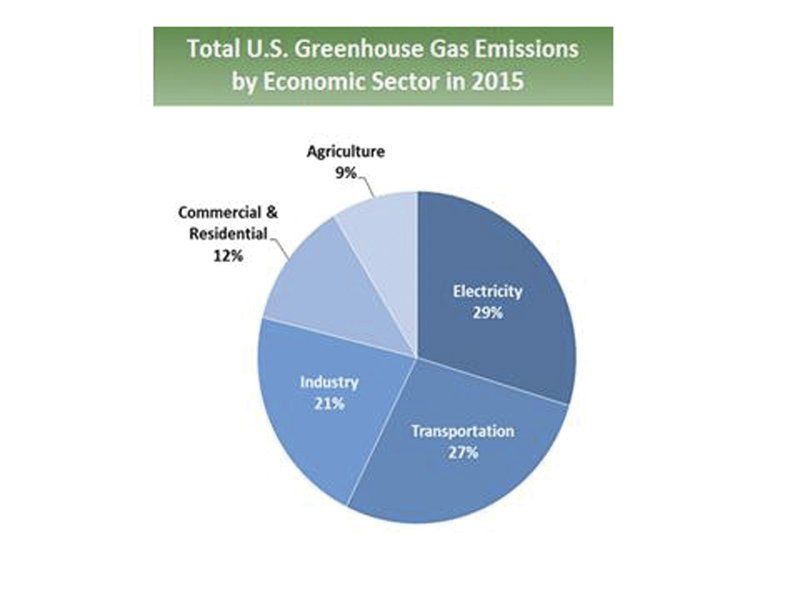
Clean Disruption Will Lower Harmful Emissions News Pressrepublican Com
Greenhouse gas emissions pie chart
Greenhouse gas emissions pie chart-0018 GHG Inventory ( Edition) The California Greenhouse Gas Emissions for 00 to 18, Trends of Emissions and Other Indicators, summarizes and highlights the major annual changes and notable longerterm trends of each year's GHG inventory It provides easytoread graphs and explanations to illuminate California's progress in its commitment to reduce climatechanging emissionsUS Greenhouse Gas Emissions Flourish Selected template Line, bar and pie charts 840
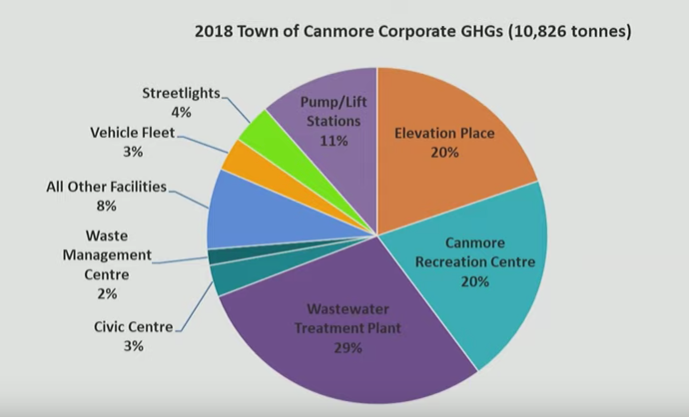



Canmore S Corporate Greenhouse Gas Emissions Decline By 0 4 Per Cent Rmotoday Com
Methane is the second most common greenhouse gas in 17 (153 per cent of all net emissions) followed by nitrous oxide (77 per cent) and FGases making up the remainder (33 per cent) Carbon dioxide has seen the largest reduction from 1990 to 17 (286 MtCO2e )Reduce greenhouse gas emissions intensity by 50% from 06 to 51% Our GHG emissions intensity decreased 51% from 06 to , achieving our target In addition, our absolute GHG emissions decreased by 51% from 06 to Increases in productivity and efficiency have helped us to achieve our GHG emissions goalAt the global level, the gases shown in the pie chart (at right) represent the key greenhouse gases emitted by human activities These gases are most closely documented in studies of anthropogenic greenhouse gas emissions Image (at right) Carbon greenhouse gas emissions by gas Source IPCC (07);
Emissions Gap Report 19 As the world strives to cut greenhouse gas emissions and limit climate change, it is crucial to track progress towards globally agreed climate goals For a decade, UNEP's Emissions Gap Report has compared where greenhouse gas emissions are heading against where they need to be, and highlighted the best ways to close The pie chart above illustrates the 18 US humancreated greenhouse gas emissions and does not include natural sources and sinks of greenhouse gases Fluorinated gases, methane, and nitrous oxide have a large impact on global warming despite being a small percentage of emitted greenhouse gasesGreenhouse Gas Emissions from the Energy Sector The next image shows CO 2 emissions from fossil fuel combustion by country In 15, China's share was 28 percent of the world's CO 2, while the US share was 15 percent The next closest country, India, emitted about 6 percent of the CO 2 Clearly, to bring down global emissions from the energy
The majority of greenhouse gas emissions from US household transportation are created domestically, as measured in megatons of carbon dioxide equivalent Chart by The Conversation, CCBYNDGreenhouse Gas Emissions by Sector and by Gas" pie charts, list the major greenhouse gases and discuss where each of them comes from and which ones are emitted in the largest quantities as a result of people's activities (Note that other lesson plans focus on CO 2 and the greenhouse effect, but you might still want to briefly discuss The second chart shows the greenhouse gas emissions which result from this energy use Summarise the information by selecting and reporting the main features, and make comparisons where relevant The two pie charts show the average amount of energy used in each Australian family and the greenhouse gas emissions which stem from this energy use




Greenhouse Gas Emissions In Santa Fe City Of Santa Fe New Mexico




Agriculture Sector Emissions Climate Change Greenhouse Gas Emissions Emissions Sources Of Greenhouse Gases
Trends in global GHG emissions • Global greenhouse gas emissions show no signs of peaking • Global CO 2 emissions from energy and industry increased in 17, following a threeyear period of stabilization • Total annual greenhouse gases emissions, including from landuse change, reached a record high of 535 GtCO 2e inA pie chart of greenhouse gas emissions The following program depicts the emissions of greenhouse gases by mass of "carbon equivalent" Data from the 07 IPCC report, 07 Climate Change 07 Synthesis Report Contribution of Working Groups I, II and III to the Fourth Assessment Report of the Intergovernmental Panel on Climate Change Core Writing Team,Trends in greenhouse gas emissions This article presents trends in emissions of all greenhouse gases, namely carbon dioxide (CO 2), methane (CH 4), nitrous oxide (N 2 O), hydrofluorocarbons (HFCs), perfluorocarbons (PFCs), sulphur hexafluoride (SF 6) and natrium trifluoride (NF 3)Data presented in this article include emissions from international aviation and exclude emissions or




Windsor S Greenhouse Gas Emissions




Global Gas Emissions Climate Energy And Society College Of Liberal Arts Auburn University
09 Sources of SCAQMD Facility Greenhouse Gas Emissions The SCAQMD has voluntarily prepared an annual GHG emissions inventory of our operations for the last 6 years The data for every calendar year since 04 is provided in the chart below for public information The greenhouse gas emissions graph for different means of transportation consists of seven line time series graphs with their metric tons of greenhouseAtmosphere of Earth Wikipedia The pie chart example "Atmosphere air composition" was created using the ConceptDraw PRO diagramming and vector drawing software extended with the Pie Charts solution of the Graphs and Charts area in ConceptDraw Solution Park Draw A Pie Chart To Represent The Gases That Contribute To Greenhouse Effect
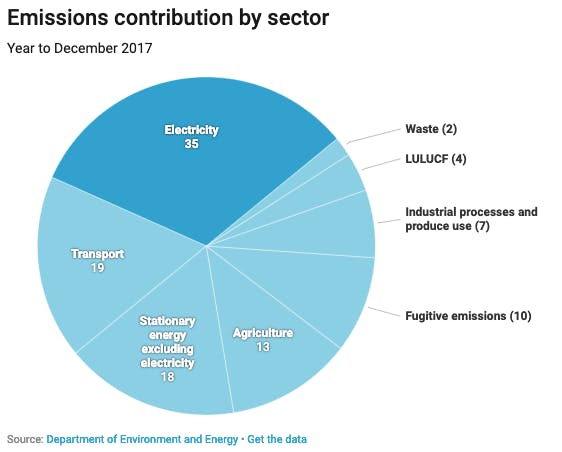



How To Neutralise Your Greenhouse Gas Footprint Opinion Eco Business Asia Pacific
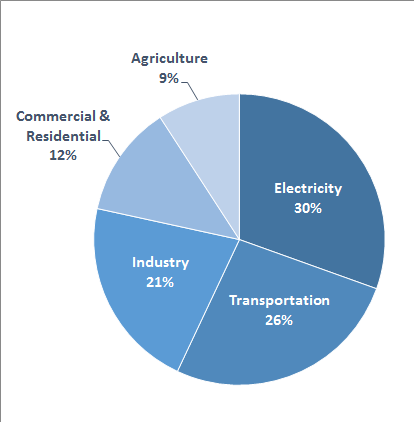



Methane Emissions Replace Co2 Emissions Is This Progress Planetizen News
The concept of carbon footprint is defined as the total amount of greenhouse gas (GHG) emitted through land clearance and production and consumption of energy, food, fuels, manufactured goods, materials, wood, toad, buildings, transportation and other services The total emissions are expressed as CO 2 equivalents, the amount of CO 2 that wouldThis chart shows the change in global greenhouse gas emissions over time Greenhouse gases are measured in 'carbon dioxideequivalents' (CO 2 e) Today, we collectively emit around 50 billion tonnes of CO 2 e each year This is more than 40% higher than emissions in 1990, which were around 35 billion tonnes 18 UK greenhouse gas emissions final figures xlsx and ods data tables updated New annex added final emissions by end user and fuel type 4 February




Carbon Footprint The Considerate Consumer



She Sells Seashells Big Trees
19 UK greenhouse gas emissions final figures xlsx and ods data tables updated New annex added final emissions by end user and fuel type 2Under the following conditions attribution – You must give appropriate credit, provide a link to the license, and indicate if changes were made You may do so in anyCarbon dioxide is the most important greenhouse gas emitted by humans, but several other gases contribute to climate change, too Learn more about the major greenhouse gases by selecting pieces of the pie chart below



Reducing Co2 Together Cars Vans And Heavy Duty Vehicles




Windsor S Greenhouse Gas Emissions
Figure 2 is a nested pie chart that shows a breakdown of New Zealand's gross greenhouse gas emissions by sector, subcategory and gas type in 19 Emissions and gases are represented in percentages In particular, the inner pie chart shows The Agriculture sector was responsible for 481 per cent of gross emissionsPie Chart Current Reporting Year All Reporting Years × The GHGRP generally requires facilities that emit above 25,000 metric tons CO2e of GHGs to report their emissions FLIGHT provides information about greenhouse gas (GHG) emissions from large facilities in the USThis bar graph shows global greenhouse gas emissions by sector from 1990 to 05, measured in 100year estimated carbon dioxide equivalents For carbon dioxide emissions once they are in the atmosphere, see Carbon dioxide in Earth's atmosphere



Q Tbn And9gcsud8qrpbvfrrwlzfbkcia7ejm3in8xid1hdwmfio Rdlvyoqxe Usqp Cau




The Pie Chart Of The Main Elements 4 Of A Person S Carbon Footprint Download Scientific Diagram
18 UK Greenhouse Gas Emissions, Final figures 4 100 year period Greenhouse gas emissions are then presented in carbon dioxide equivalent units (CO2e) Carbon dioxide is reported in terms of net emissions, which means total emissions minus total removals of carbon dioxide from the atmosphere by carbon sinks Carbon sinks are defined byFileGhg pie chart Turkey 19svg Size of this PNG preview of this SVG file 576 × 432 pixels Other resolutions 3 × 240 pixels 640 × 480 pixels 800 × 600 pixels 1,024 × 768 pixels 1,280 × 960 pixels 2,560 × 1,9 pixels This is a file from the Wikimedia Commons Information from its description page there is shown below All of the World's Greenhouse Gas Emissions in One Awesome Interactive Pie Chart By Margaret Badore Senior Editor Columbia



U S Greenhouse Gas Inventory Report 1990 14 Greenhouse Gas Ghg Emissions Us Epa



Emissions By Sector Our World In Data
Figure 4 is a pie chart showing the breakdown of the reported 19 GHG emissions by gas Facilities reported 293 megatonnes of total GHG emissions in 19 Carbon dioxide (CO 2 ) represented the majority of the total emissions at 93%, while methane (CH 4 ) and nitrous oxide (N 2 O) emissions each contributed an additional 5% and 1% respectively The pie chart below shows total US emissions from the US Greenhouse Gas Inventory for 14 by sector Total US emissions in 14 were 6,870 Million Metric Tons CO 2 e The pie pieces colored in blue represent the sectors that contain facilities reporting direct emissions to the Greenhouse Gas Reporting Program The world's countries emit vastly different amounts of heattrapping gases into the atmosphere The chart above and table below both show data compiled by the International Energy Agency, which estimates carbon dioxide (CO 2) emissions from the combustion of coal, natural gas, oil, and other fuels, including industrial waste and nonrenewable municipal waste




What S Going On In This Graph Nov 19 The New York Times




File Ghg Pie Chart Turkey 19 Svg Wikipedia
For the purposes of reporting, greenhouse gas emissions are allocated into National Communication sectors These are a small number of broad, highlevel sectors, and are as follows energy supply, business, transport, public, residential, agriculture, industrial processes, land use land use change and forestry (LULUCF), and waste managementFileGhg pie chart Turkey 18svg Size of this PNG preview of this SVG file 576 × 432 pixels Other resolutions 3 × 240 pixels 640 × 480 pixels 800 × 600 pixels 1,024 × 768 pixels 1,280 × 960 pixels 2,560 × 1,9 pixelsNaturally occuring greenhouse gases Water vapor (H 2 O) Ozone (O 3) Carbon dioxide (CO 2) Methane (CH 4) Nitrous oxide (N 2 O) Humanmade greenhouse gases Chlorofluorocarbons (CFCs) Hydrofluorocarbons (HFCs) Perfluorocarbons (PFCs) Sulfur hexafluoride (SF6)




Chart Of The Day Greenhouse Gas Pollution In California Streets Mn




Global Gas Emissions Climate Energy And Society College Of Liberal Arts Auburn University
NonCO2 Greenhouse Gas Data Tool, US EPA Jump to main content (EPA 13) and Global Anthropogenic NonCO 2 Greenhouse Gas Emissions (EPA 19) Reports Report Refresh you must drill down on the pie chart to display sector/subsector piechart slices and to reenable the checkbox selection controls X15 total greenhouse gas emissions 8 15 total greenhouse gas emissions In 15, UK emissions of the basket of seven greenhouse gases covered by the Kyoto Protocol were estimated to be 4957 million tonnes carbon dioxide equivalent (MtCO 2 e), a decrease of 38 per cent compared to the 14 figure of 5151 million tonnes Total 15 The data represents the greenhouse gas emissions and net energy consumption for 4 of Australia's heaviest corporate emitters, who in 1314 produced a combined 312 million tonnes of scope 1



17 18 Published Data Highlights




Pin By Amanda Joy Ravenhill On Project Drawdown Ghg Emissions Causes Of Global Warming Global Warming
This file is licensed under the Creative Commons AttributionShare Alike 40 International license You are free to share – to copy, distribute and transmit the work; In this post I present only one chart, but it is an important one – it shows the breakdown of global greenhouse gas emissions in 16 2 This is the latest breakdown of global emissions by sector, published by Climate Watch and the World Resources Institute 3, 4The City of New York has committed to reducing its greenhouse gas (GHG) emissions 80 percent by 50, compared to 05 levels We have further committed to do our part to fulfill the Paris Agreement by accelerating our progress and developing strategies




Bangladesh Language Google Search




Pie Chart Showing Total U S Greenhouse Gas Emissions By Sector With Electricity Distributed 32 Percent Is Greenhouse Gas Emissions Greenhouse Gases Emissions
The pie chart below shows total US emissions from the US Greenhouse Gas Inventory for 18 by sector Total US emissions in 18 were 6,677 Million Metric Tons CO 2 e The pie pieces colored in blue and purple represent the sectors that contain facilities reporting direct emissions to the Greenhouse Gas Reporting ProgramFigure ES2 is a pie chart displaying the breakdown of Canada's GHG emissions by sixTo remix – to adapt the work;




Canmore S Corporate Greenhouse Gas Emissions Decline By 0 4 Per Cent Rmotoday Com




Reducing Your Carbon Footprint Dwellsmart
The second chart shows the greenhouse gas emissions which result from this energy use Summarise the information by selecting and reporting the main features, and make comparisons when relevant The pie charts illustrate the percentage of energy consumed in an average household and that of exhaust emissions released from the energy consumptionTotal US emissions in 18 = 6,677 million metric tons of carbondioxide equivalent Pie chart with 6 items Item 1, Commercial 160% Item 2, Residential Item 3 (exploded), Agriculture 105% Item 4, US territories 07% Item 5, Industry 2% Item 6, Transportation 2% Note Carbon dioxide emissions associated with electricity consumption are allocated to each enduse sectorStatsWales > Environment and countryside > State of the Environment > Addressing climate change > CHART Greenhouse gas emissions by year CHART Greenhouse gas emissions by year Archived (English only) – No longer updated Emissions of greehouse gases, million tonnes of carbon dioxide equivalent (r) Total basket of greenhouse gases



1




Dark Greenhouse Gases Pie Chart Template
Global GHG emissions from energy use and production far outweigh emissions from other activities The industrial processes, agriculture, landuse change and forestry, and waste management sectors together account for 37 percent of all global GHG emissions in the accompanying pie chart
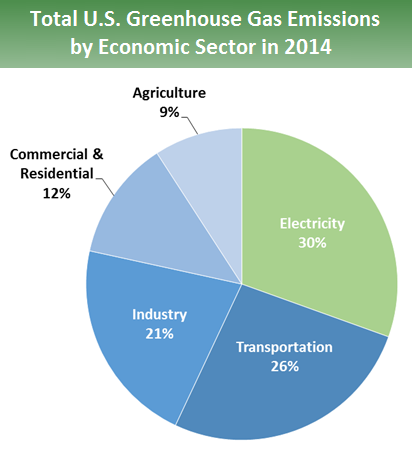



Sources Of Greenhouse Gas Emissions Greenhouse Gas Ghg Emissions Us Epa



Carbon Footprint



Truevaluemetrics Impact Accounting For The 21st Century



c News Special Reports Euro Mps Seal Major Climate Deal




Carbon Dioxide Pie Chart Barba



Lectures Readings Global Heritages Pagina 59
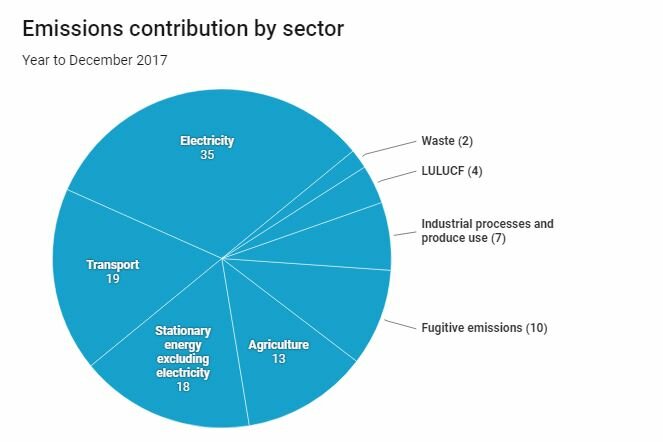



How To Neutralise Your Greenhouse Gas Footprint




Global Warming Pie In The Sky



Emissions By Sector Our World In Data




Help Shape The Edmonds Climate Action Plan Complete The Survey By May 1 My Edmonds News




Greenhouse Gas Emissions
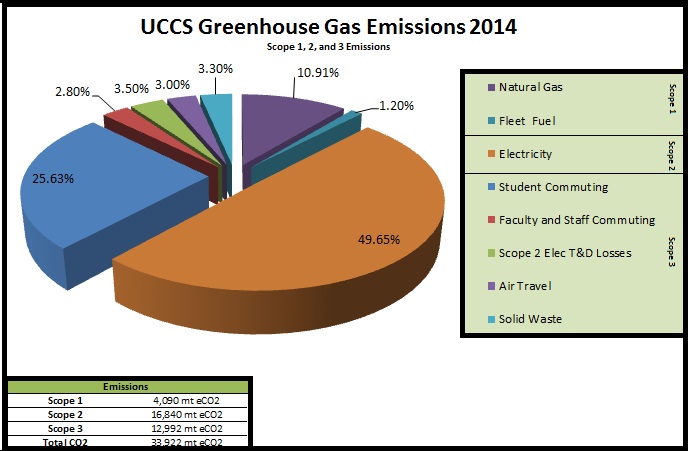



Climate Greenhouse Gases Sustainability
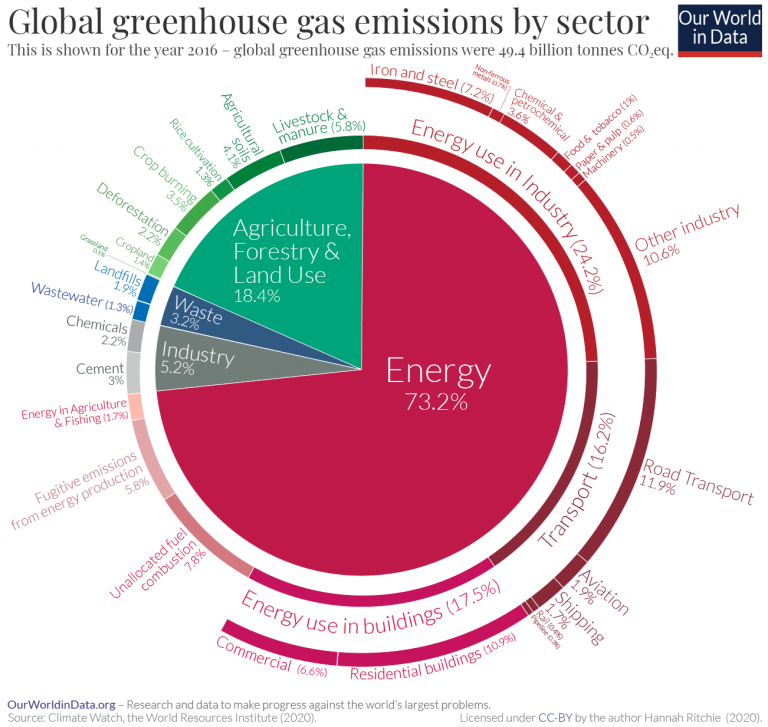



Sector By Sector Where Do Global Greenhouse Gas Emissions Come From Our World In Data
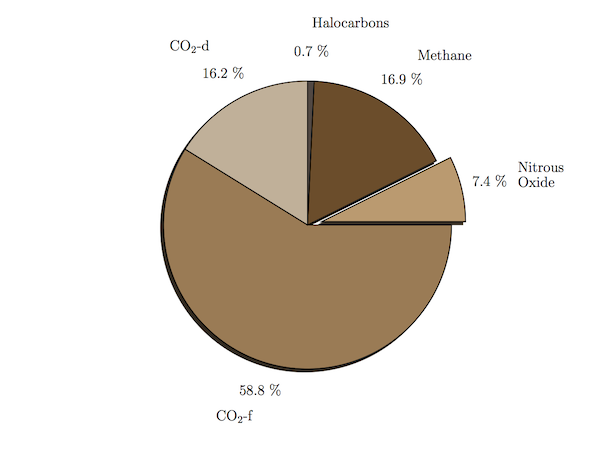



A Pie Chart Of Greenhouse Gas Emissions



File Co2 Emission Pie Chart Svg Wikimedia Commons
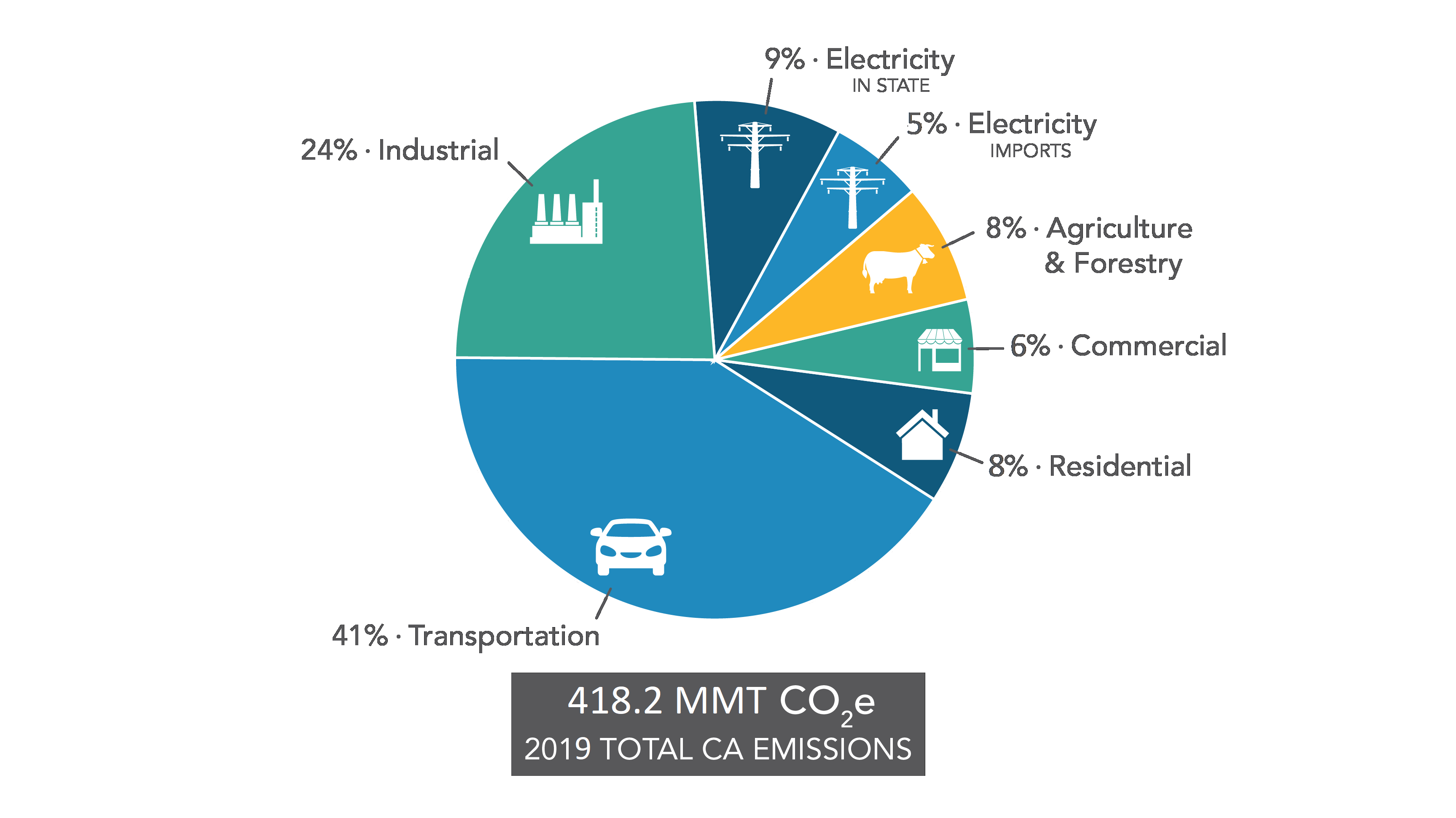



Ghg Emission Inventory Graphs California Air Resources Board




2 Pie Chart Showing The Percentage Of Carbon Emissions Released By Download Scientific Diagram
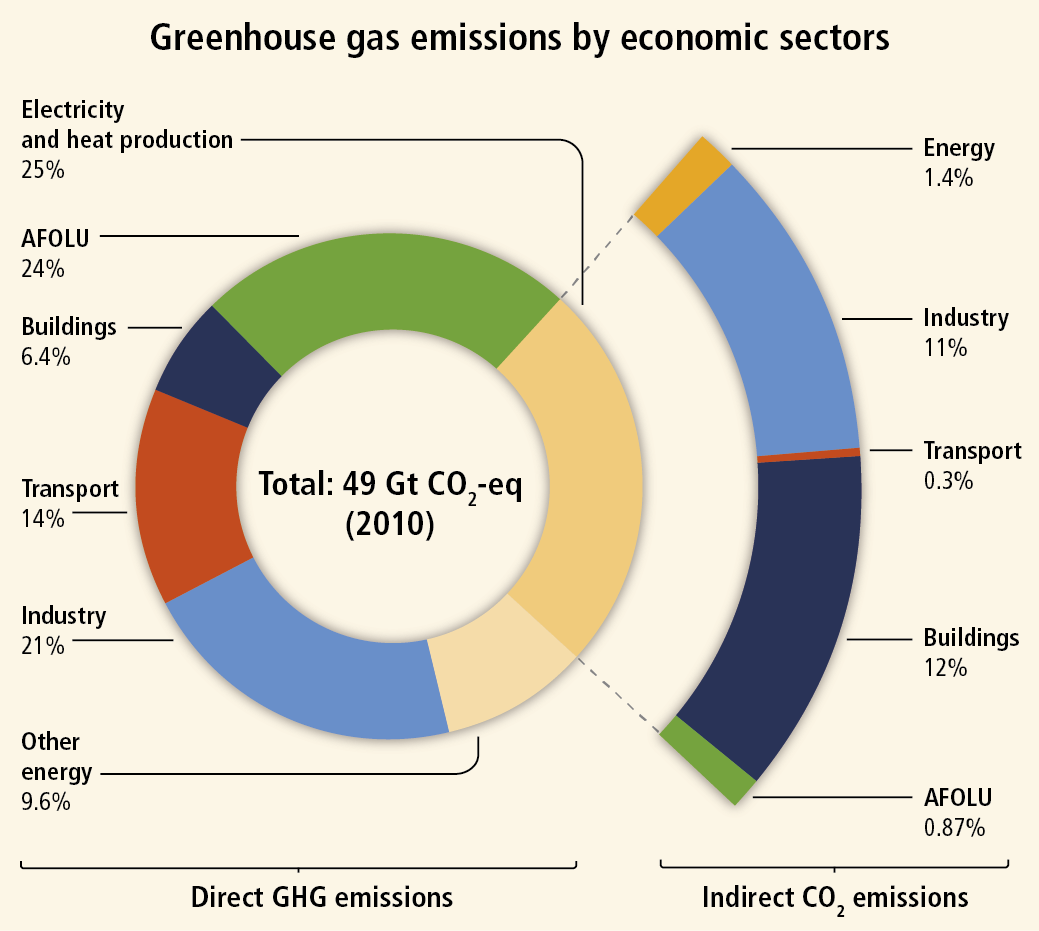



Impact Of Agriculture On Climate Change




Pie Chart That Shows Country Share Of Greenhouse Gas Emission 30 Comes From China 15 From The Unite Greenhouse Gases Greenhouse Gas Emissions Ghg Emissions




Breakdown Of Greenhouse Gas Emissions France 17 Statista
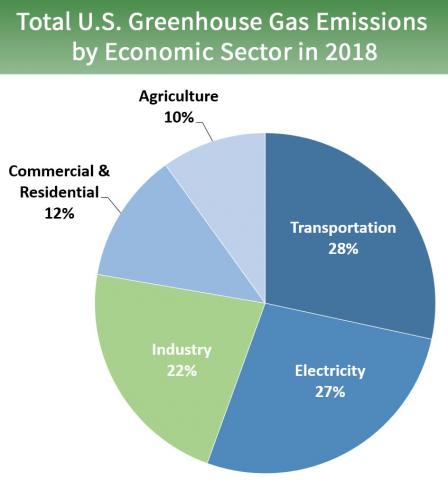



Sources Of Greenhouse Gas Emissions Greenhouse Gas Ghg Emissions Us Epa



Consultcambs Uk Engagementhq Com 3017 Widgets 9927 Documents 3607




Pie Charts Showing Relative Radiative Forcing For Greenhouse Gas Download Scientific Diagram
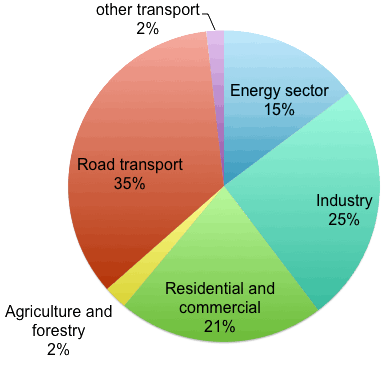



How Do Greenhouse Gas Emissions Presently Evolve Jean Marc Jancovici




Windsor S Greenhouse Gas Emissions




The First Chart Below Shows How Energy Is Used In An Average Australian Household
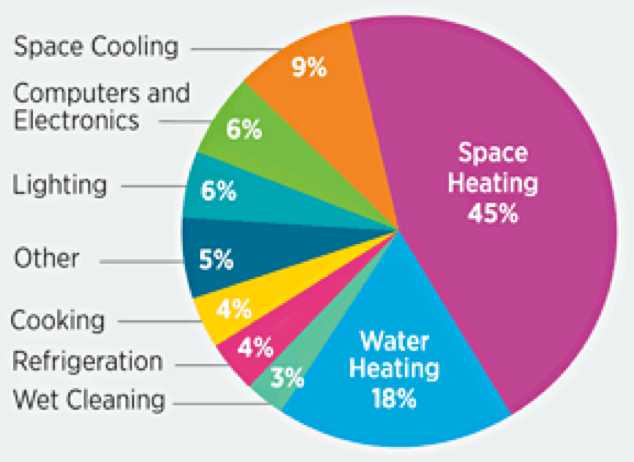



Carbon Dioxide Emissions And Carbon Footprint Mahb
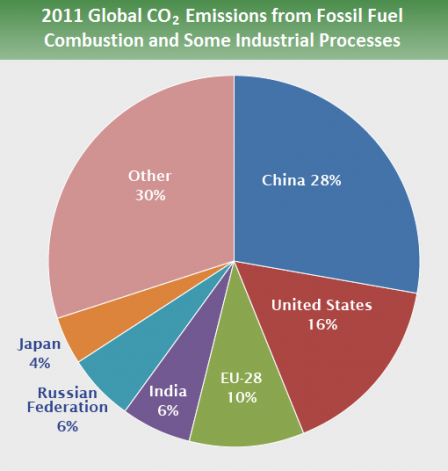



Global Greenhouse Gas Emissions Data Greenhouse Gas Ghg Emissions Us Epa




Our Carbon Footprint Sustainability Alameda County




Statement Regarding Study About Air Quality Health Damages Of Food Swineweb Com Complete Swine News Markets Commentary And Technical Info




Parameter Checks Pie Chart Of Total U S Greenhouse Gas Emissions By Economic Sector In 09 34 Perce Greenhouse Gases Greenhouse Gas Emissions Climate Change




Breakdown Of Greenhouse Gas Emissions France 17 Statista



File Co2 By Fuel Pie Chart Svg Wikimedia Commons
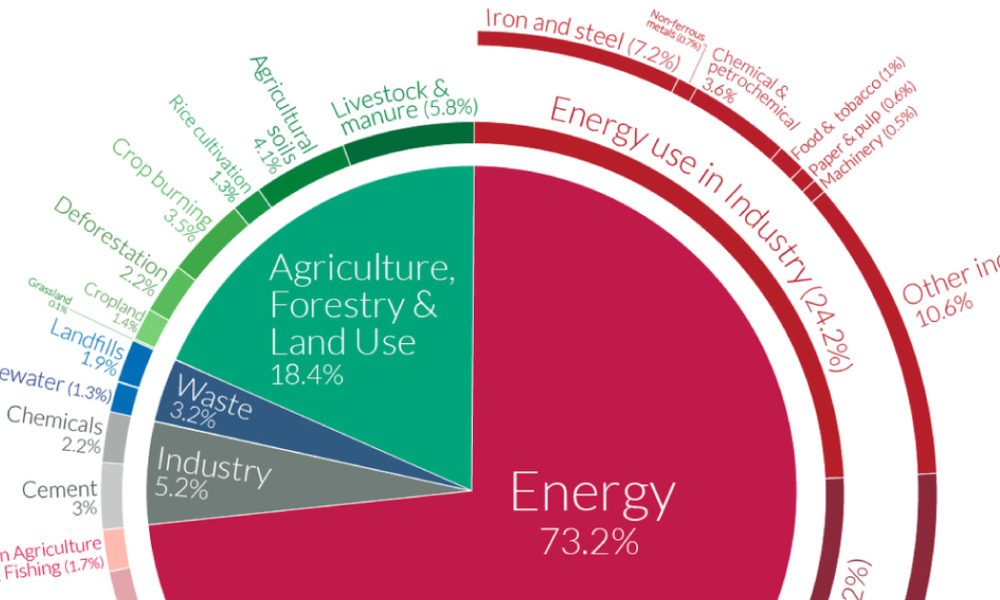



A Global Breakdown Of Greenhouse Gas Emissions By Sector




National Emissions Climate Energy And Society College Of Liberal Arts Auburn University




Greenhouse Gases A Student S Guide To Global Climate Change Us Epa




Where Do Canada S Greenhouse Gas Emissions Come From



Q Tbn And9gctgkh3lkfqajwyepgurto9s2fnpmhyucm9nip9v1zpuftbnak Usqp Cau
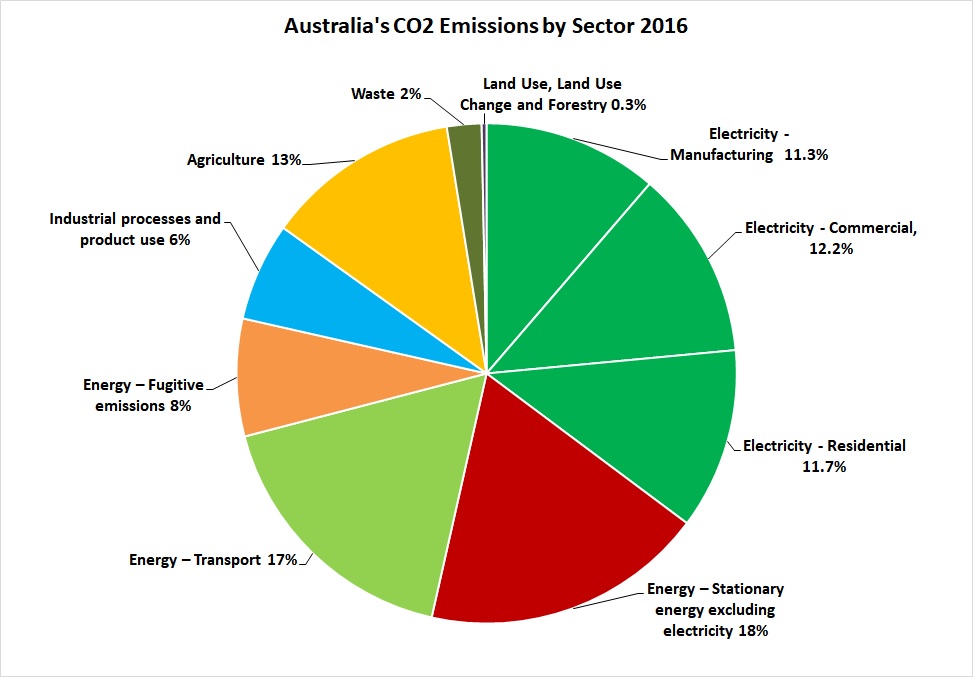



Can Australians Face Up To Real Carbon Reductions Part 1 Nuclear For Climate Australia
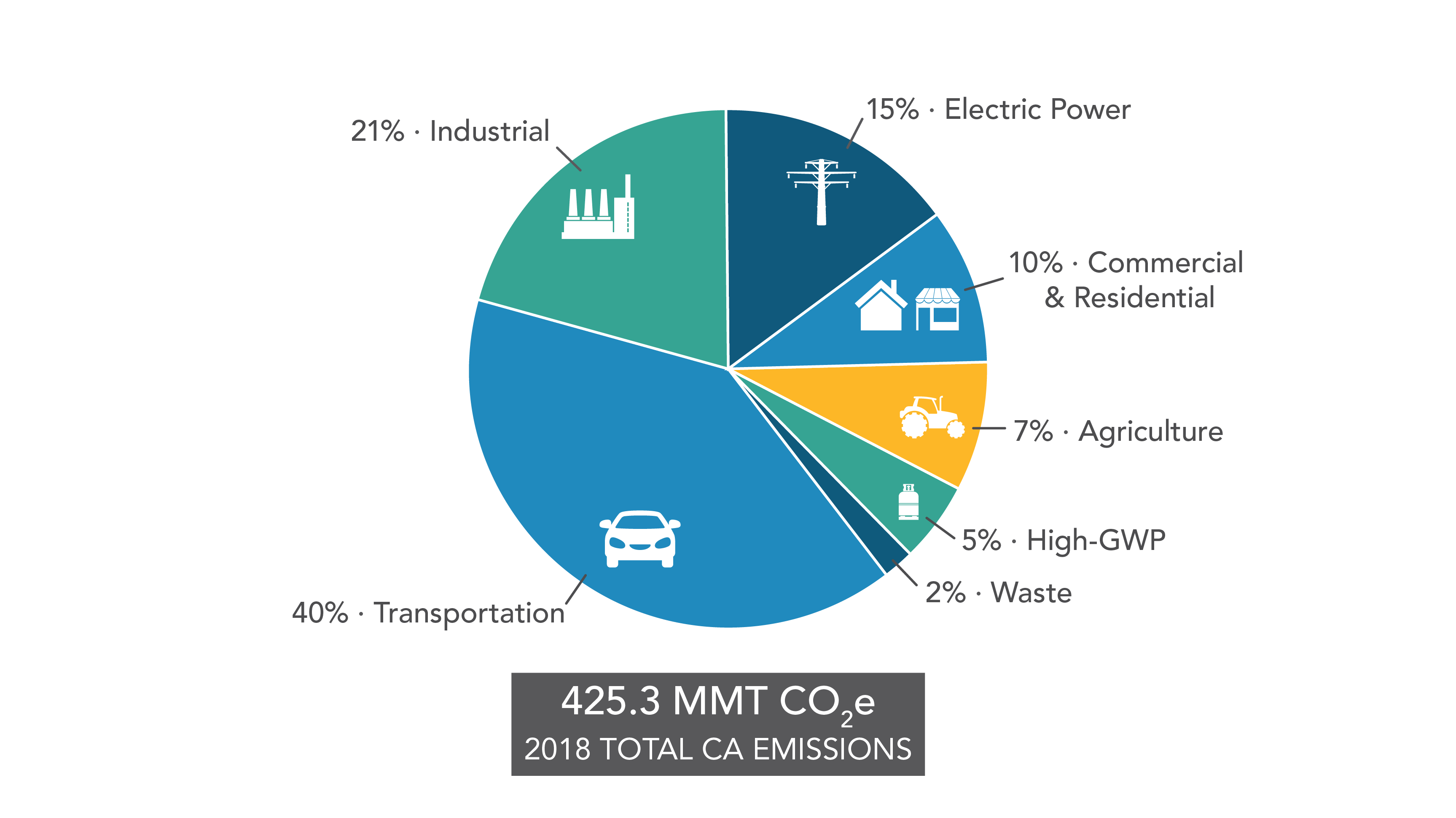



Ghg Emission Inventory Graphs California Air Resources Board



1
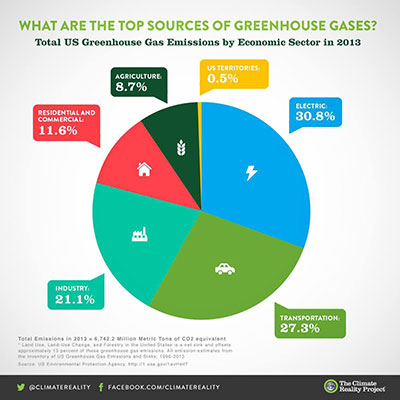



Agriculture Causes Less Emissions Than Transportation
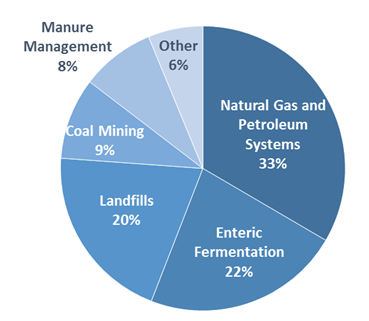



Methane Emissions Replace Co2 Emissions Is This Progress Planetizen News




Manitoba Agricultural Ghgs Climate Change Connection
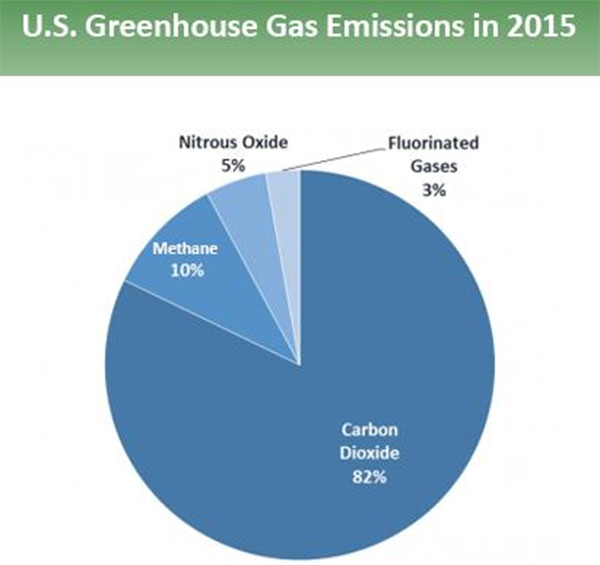



Climate Science It S Carbon Dioxide Silly




Dnr Reports 3 Increase In Iowa Greenhouse Gas Emissions Iowa Environmental Focus



Livestock Emissions Geog 438w Human Dimensions Of Global Warming




Writing Task 1 Cam 10 Test 1



Indicates The Percentage Of Greenhouse Gas Emissions As Shown In Pie Chart Download Scientific Diagram




Breakdown Of Built Environment Emissions According To Operational Download Scientific Diagram




Zwkavkdlcch9xm



Trends Of Emissions Of Greenhouse Gases Since 1990




University Work Hannah Jones
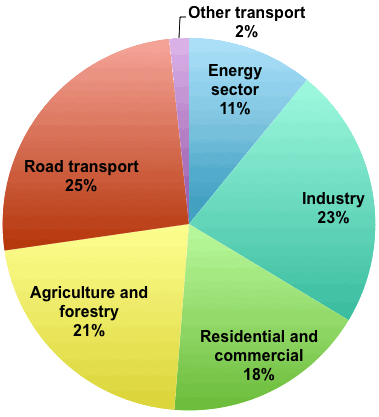



How Do Greenhouse Gas Emissions Presently Evolve Jean Marc Jancovici
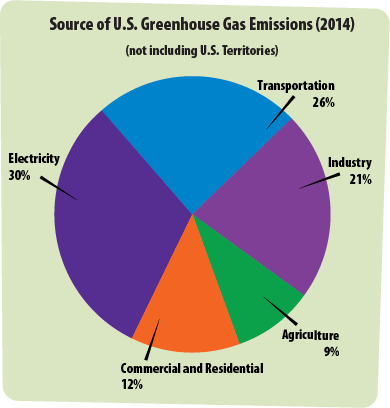



Greenhouse Gases A Student S Guide To Global Climate Change Us Epa




Chart Of The Day Greenhouse Gas Pollution In California Streets Mn




Clean Disruption Will Lower Harmful Emissions News Pressrepublican Com




Pie Chart Showing Total Greenhouse Gas Emissions Due To Human Activities In 10 Climate Change Causes Of Climate Change Greenhouse Gas Emissions
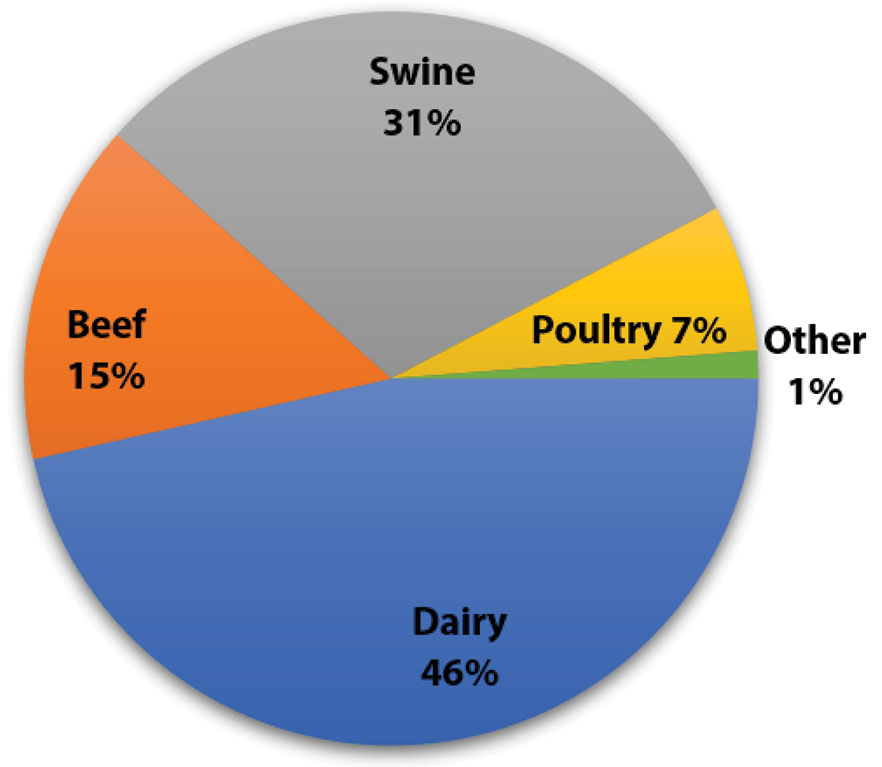



Agriculture And Greenhouse Gas Emissions G310 Mu Extension
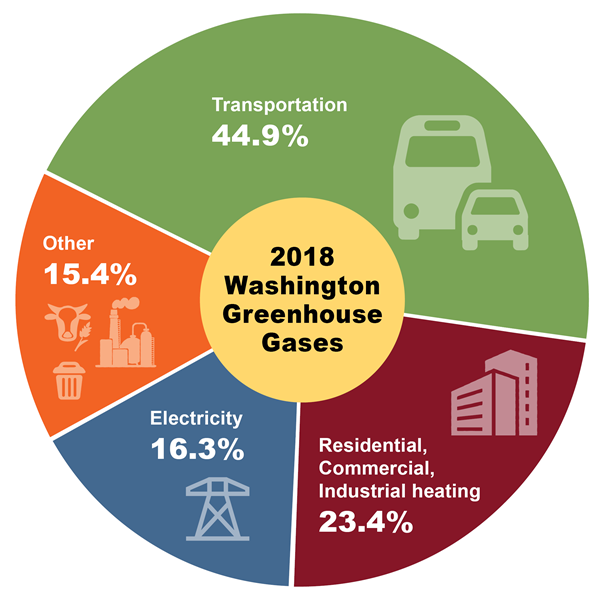



18 Data Washington State Department Of Ecology




Community Greenhouse Gas Emissions
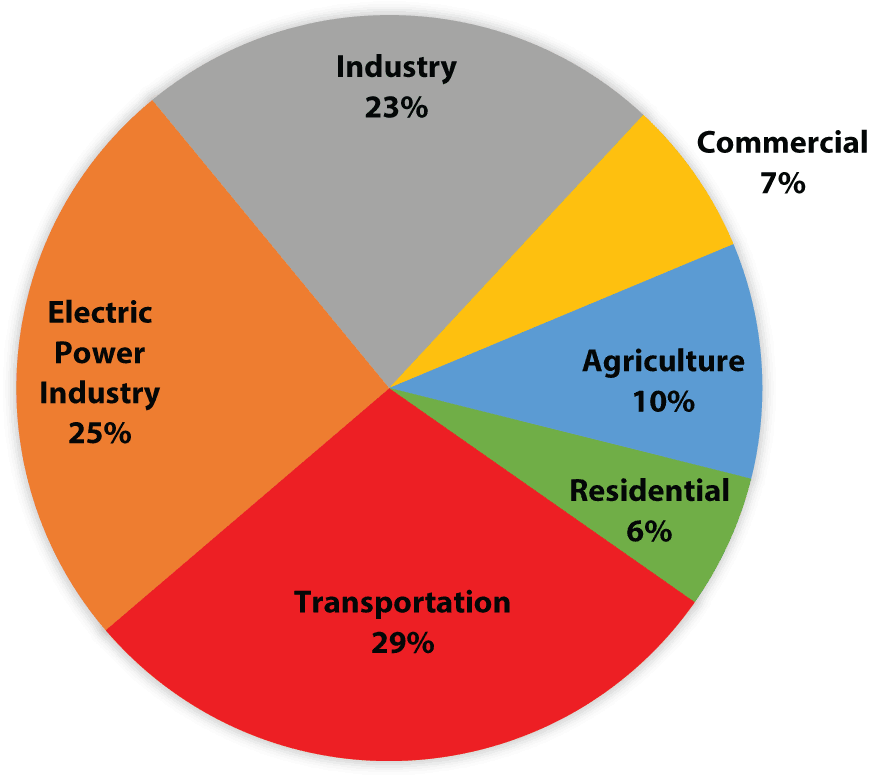



Agriculture And Greenhouse Gas Emissions G310 Mu Extension




Increased Use Of Renewables Results In Growing Ghg Emission Savings In The Eu Eu Science Hub




Canada Ghg By Province Climate Change Connection




Windsor S Greenhouse Gas Emissions




Improving Air Quality Public Health Washington State Department Of Ecology
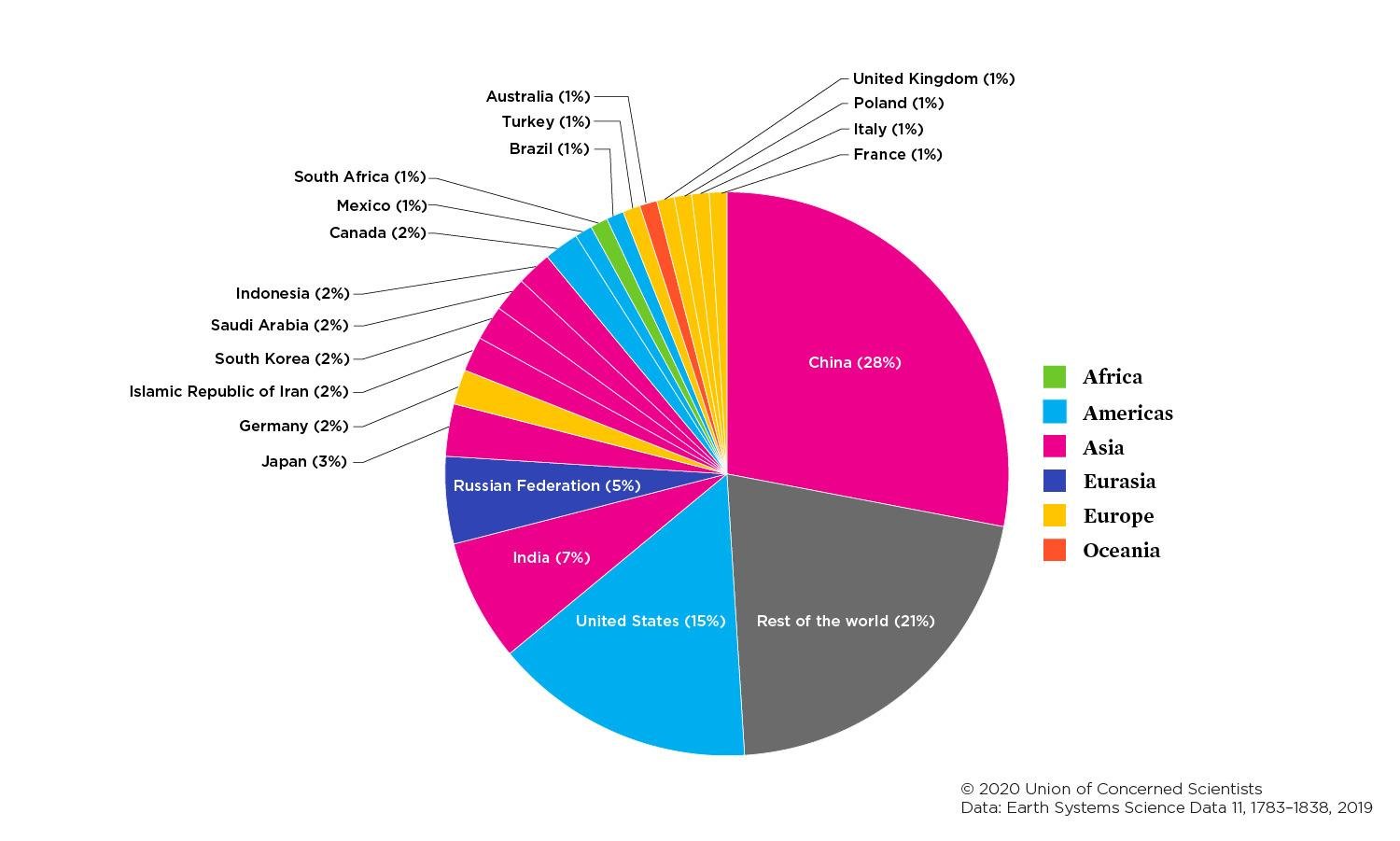



Each Country S Share Of Co2 Emissions Union Of Concerned Scientists
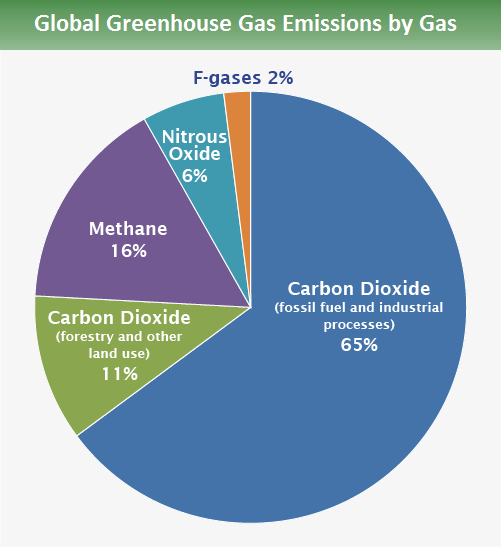



Global Greenhouse Gas Emissions Data Us Epa



Tahoe Sustainability Program Unveiled



Seattle S Carbon Footprint Assessing The Assessment Hugeasscity




How To Avoid A Climate Disaster Unsolicited Feedback



Global Greenhouse Gas Emissions By Country And Sector Used Cait As Data Source Climatechange
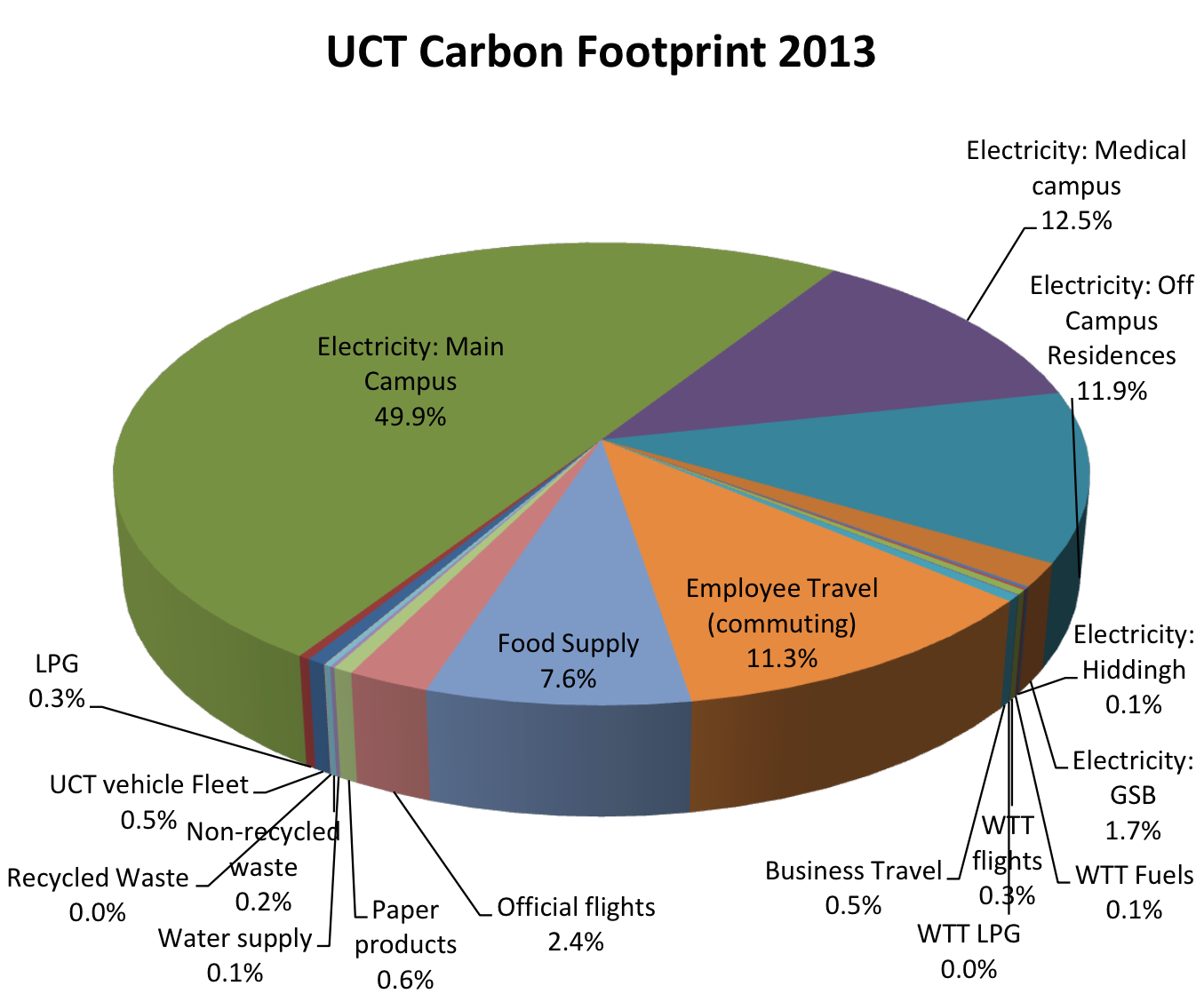



Uct Carbon Footprint
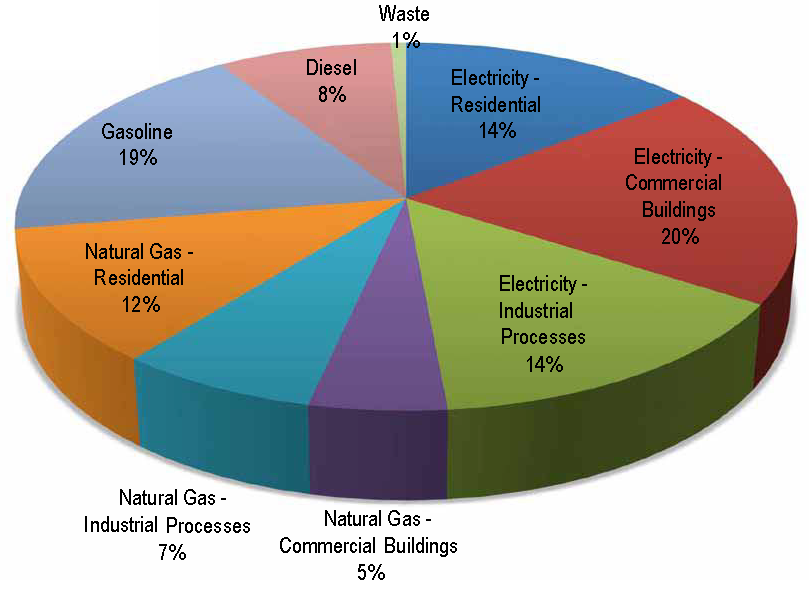



Helping Calgary Meet Its Greenhouse Gas Emissions Targets Blog Posts Pembina Institute
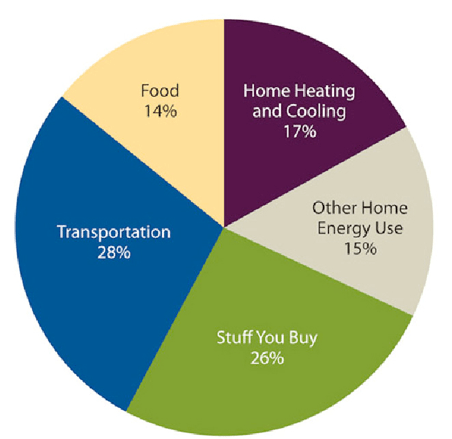



Carbon Dioxide Emissions And Carbon Footprint Mahb




Pie Charts Showing Relative Radiative Forcing For Greenhouse Gas Download Scientific Diagram




Pie Chart Of U S Carbon Dioxide Emissions By Source 34 Is From Electricity 34 Is From Transportation Greenhouse Gases Greenhouse Gas Emissions Fossil Fuel




Niwa Says Greenhouse Gas Methane Is On The Rise Again Niwa



0 件のコメント:
コメントを投稿